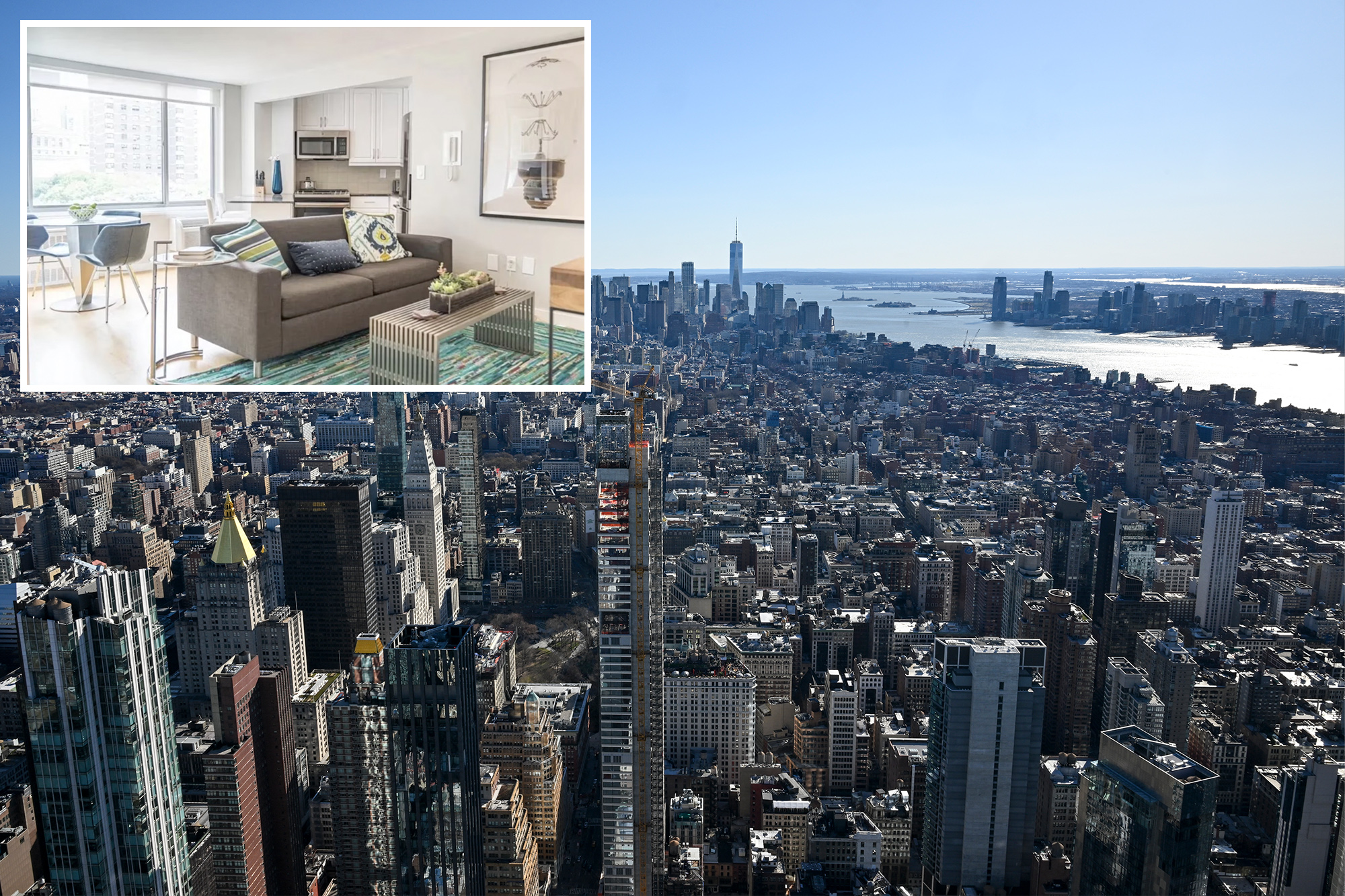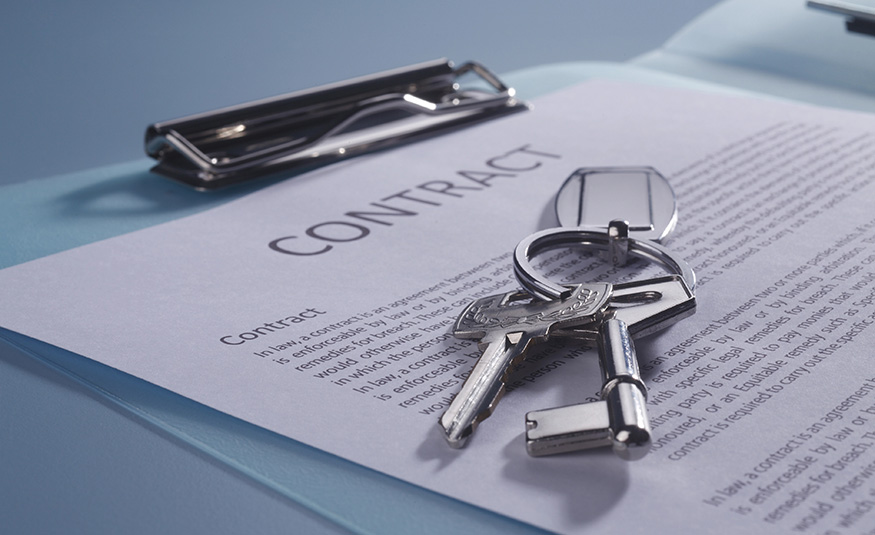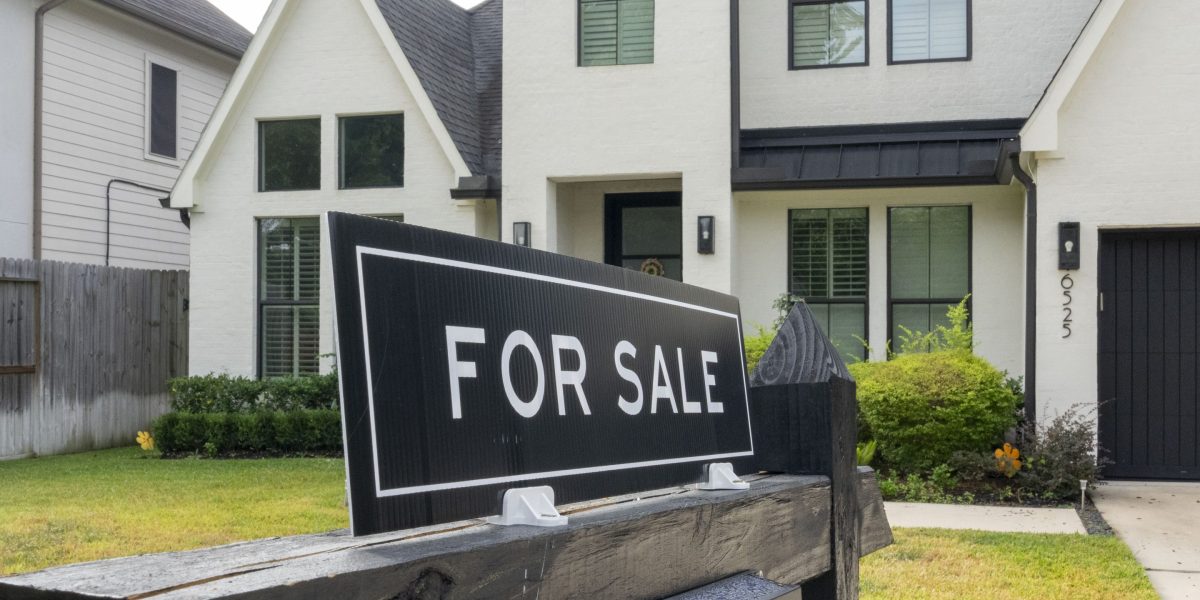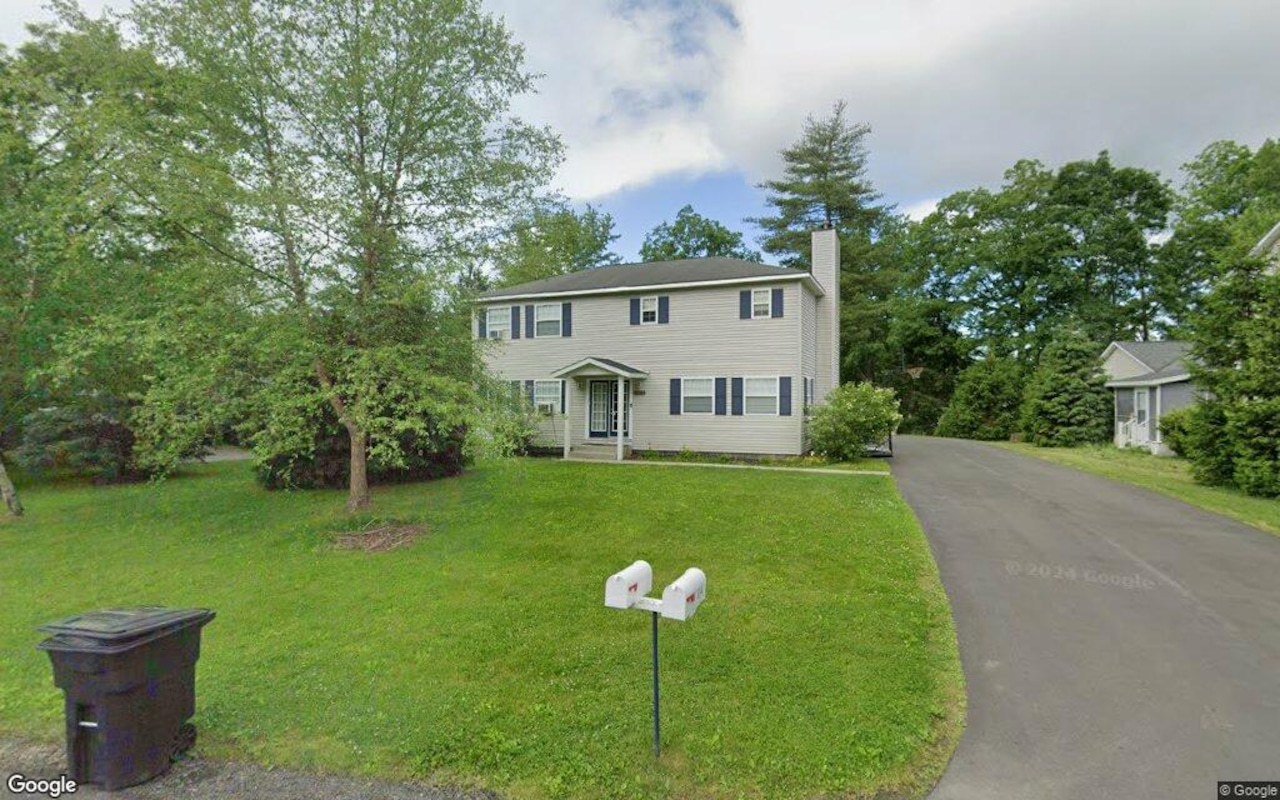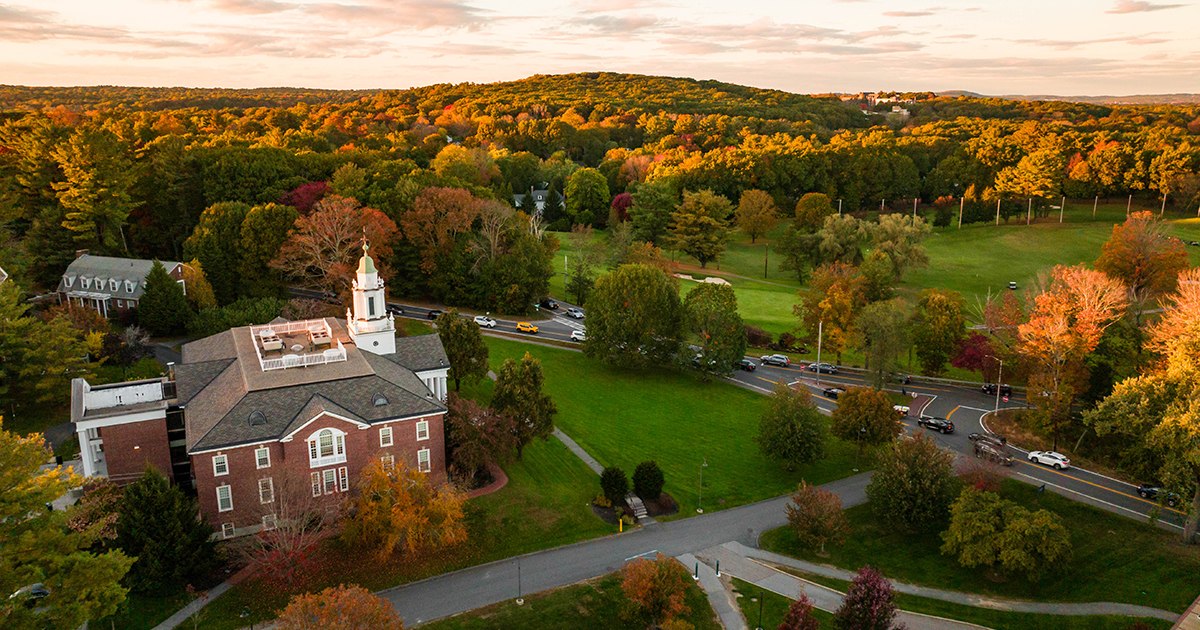N
ew York City's rental market is on a tear, with prices expected to skyrocket further due to President Trump's tariffs on imported steel and aluminum. The 25% tariffs imposed in March are still active, despite a 90-day pause on other trade measures. This could have devastating consequences for the city's developers and renters.
According to Realtor.com economist Jiayi Xu, the tariffs will inflate building costs, deterring builders from starting new projects and compelling developers to put existing plans on hold or scrap them altogether. Manhattan and the Bronx are particularly vulnerable, having seen the fastest growth rates in newly permitted multifamily homes last year.
These two boroughs posted 24.6% and 24.2% growth rates, respectively, compared to their 2019-2023 averages. As a result, they're poised to lose the most from the tariffs, which threaten to disrupt the construction of much-needed housing. Brooklyn, Queens, and Staten Island are also not immune to soaring development costs.
The median asking rent in New York City increased by 5.6% during the first three months of 2025, reaching $3,397. Manhattan led the surge with a 5.5% year-over-year increase, driving the median asking rent up to $4,495 per month. Brooklyn's median asking rent climbed to $3,748, while Queens saw a 4.3% increase.
The Bronx registered the most modest uptick of 0.7%, reaching $3,010. Data for Staten Island was not immediately available due to review. Compared to spring 2020, the median asking rent in New York City is more than 18% higher.
A quarterly rental report shows that smaller units ranging from studios to two bedrooms are in greater demand than larger apartments. The median asking rent for 0-2 bedrooms across the city was $3,365, representing a 7.2% surge from last year. Meanwhile, more sprawling rentals boasting three bedrooms or more saw a modest increase of 1.2%, reaching a median price of $4,773.
A broader look at the city's rental market reveals an unexpected twist: lower-cost boroughs saw the largest percentage increases in rent over the past five years. The Bronx saw a staggering 41.2% surge, followed by Brooklyn with nearly 40%. High-priced Manhattan, on the other hand, saw its median asking rents increase by just 0.2%.
To afford renting a typical unit in four of the five boroughs, excluding Staten Island, tenants would need to bring in between $10,000 and $15,000 per month, following the 30% income rule of thumb. Renting an apartment in Manhattan calls for the highest monthly income of $14,983, followed closely by Brooklyn with $12,493.
Queens and the Bronx are slightly more affordable, requiring renters to make $10,933 and $10,033, respectively. This translates to annual household incomes ranging from $131,196 in Queens to $120,396 in the Bronx. However, actual median household incomes across the boroughs fall dramatically short of what's recommended, with gaps ranging from about 61% in Queens to a stunning 161% in the Bronx.
